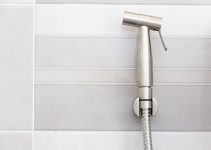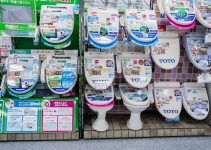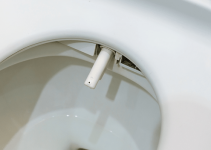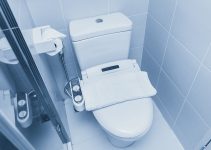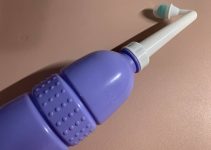To fight the climate crisis, everyone should take on responsibility. We can make a difference to our planet by changing our daily behavior. Some enthusiasts claim that bidets are eco-friendly, so we should ditch the toilet paper for a bidet. Is it true?
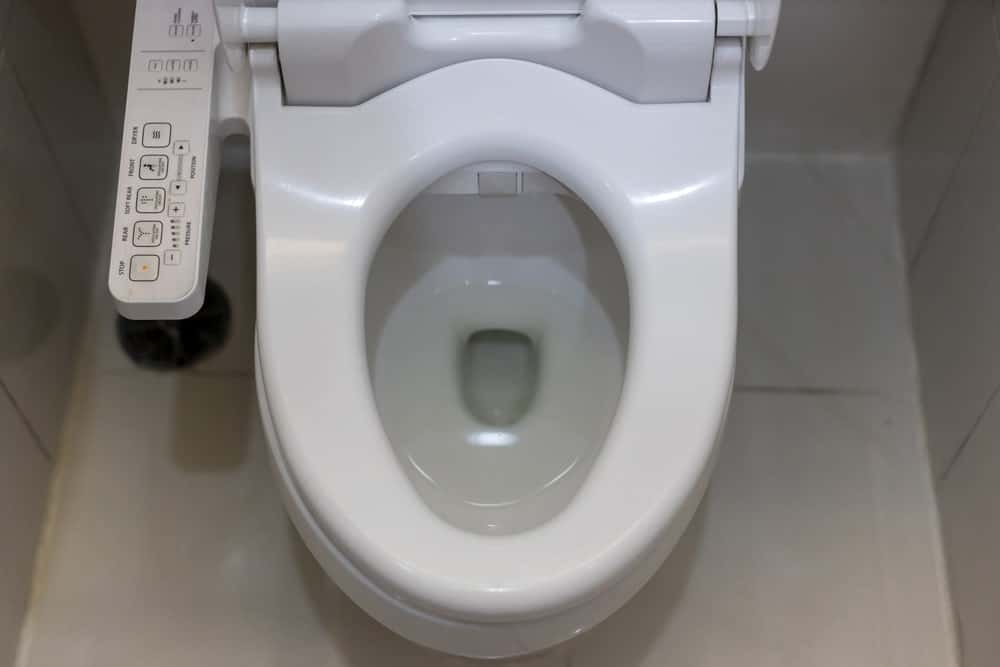
Yes, bidets are eco-friendly. I collect a few powerful shreds of evidence in this post to let you know why bidets are better for the environment.
Without further ado, let’s dive into it now.
We use a lot of TP, and it is not eco-friendly
In the 6th century, Chinese people started to use paper for cleansing. In the western world, toilet paper didn’t become commercially available until 1857. Then manufacturers continue to improve the quality of TP, making it soft, absorbent, and thicker. Now, TP is one of the most important and basic items in our life.
The market size of TP worldwide is US$92,613m in 2021. China and United States are the top 2 countries that generated the most revenue. Do you have ever think about how much toilet paper you use every year? Our human beings use 42 million tons of toilet paper globally, and an American uses about 141 rolls of TP per year.
People in other countries tend to use less TP. For example, Japanese uses 91 rolls, and Italian uses 70 rolls. One of the reasons why people in these two countries don’t use as much TP as Americans do may attribute to the popularity of bidet.
As we know, TP is made from wood. With so much usage per year, it would profoundly impact forests and the whole environment. A roll of TP comes in a small size, but it will need many resources to create. These resources often include trees, water, electricity, and so on. But how much impact can TP have on these invaluable resources?
In the next sections, I want to analyze these resources taken by TP or wet wipes and illustrate why bidets are more eco-friendly.
Bidets can save more trees

Do you know that a roll of TP will need 1.5 pounds of wood to produce, and we will consume about 184 million rolls every year?
So much TP would cause a huge burden on the forests, leading to deforestation at a rapid rate. The National Resources Defense Council report mentioned that the high demand for TP in the US has negatively affected the wildlife, indigenous peoples, and climate of boreal forest in Canada, and it is the most carbon-dense forest ecosystem on earth.
We can imagine how many trees have been cut down every day to meet our needs for TP worldwide.
One of the reasons I say bidets are better for the environment is that the power of a bidet lies in a splash of water. It uses water to take away the feces and urinal instead of TP. On average, a bidet can save about 75% on TP, meaning that most trees for making TP can be saved.
Bidets can save more water
Even though TP doesn’t contain any water, it is made using a fair amount of water. In fact, it required as high as 37 gallons of water to make a single roll of TP. This water is used to cook, clean, and bleach the pulp. During this process, water was polluted become it would contain many chemicals in the end.
Another way TP may waste water is that you tend to flush the toilet more than once to prevent potential clogging problems. The water used per flush is at least 1 gallon.
Bidets do use water as well. But it only uses about 1/8 gallon per session. As most bidets are made from plastic and metal, much less water is involved in the production process. I know plastic is harmful to the environment. However, a bidet can last for a few years, but TP is a single-use product.
In addition, as you will use much less TP, you don’t have to worry about clogging issues. Flushing one time for each bowel movement is enough.
Bidets can save more water in both the production process and your day-to-day life.
Bidet use less electricity

Making a single roll of TP will take 1.3 Kwh, equaling 183.3 Kwh per year. I know it will take some electricity to make a bidet. Let’s assume a maximum of 10 Kwh. As it can last about five years, then it will be negligible.
If you have a non-electric bidet seat, bidet attachment, or bidet sprayer, then you don’t need any electricity at all. For that matter, bidet could use much less electricity than TP, making it a great eco-friendly gadget.
For those who have an electric bidet seat, it could increase your electricity bill somewhat. According to Biobidet, the average consumption of their bidets will be about 211.70 kWh which is slightly higher than using TP.
Nevertheless, there are a few ways to cut down the bill. For instance, you can lower the water temperature or the heated seat temperature. Another trick is to turn on the power-saving mode if it is available.
Bidets produce less waste.

Toilet paper is biodegradable, but it can take a month or even three years to decompose fully.
When it is flushed into the sewer system, it will go to the sewerage treatment plant and be disintegrated. The remaining solid waste will be sent to a landfill in most cases.
If you use a bidet, less waste will be produced since the reduction of TP usage. It could ease the burden of our sewerage treatment plant as well as landfills.
What about recycled toilet paper?
Another way to make our environment better is using recycled toilet paper. Recycled TP could save forest since it can be made from either pre-consumer or post-consumer materials. Note that some recycled TP still uses a small fraction of virgin tissue as the recycled fiber can be too weak and short. But it can save a lot of trees as a whole.
It could also save water. It only uses 1/2 of water for producing the same amount of TP. However, some customers complain about the roughness of it. Luckily, you can find some softer options available in the market now.
Compared to the bidet, I still think the bidet is more eco-friendly. Because you can reduce the use of “paper” and replace the virgin TP with recycled TP if you want to contribute more to our environment.
What about wet wipes?
I have written an article to compare the bidet with wet wipes. Regarding the efficacy, it is as good as a bidet. However, the bidet is a much better choice for the environment.
Most wet wipes include plastic fibers that are not biodegradable. It could clog the toilet and sewer system easily, leading to a high plumbing cost.
On top of it, it takes a lot of water, electricity, and wood ( or bamboo) to make it which could evoke a large burden on the environment.
I think wet wipes are a worse choice than TP.
Sum up
Bidets are better for the environment. Using a bidet can largely reduce the usage of toilet paper and wet wipes. It could save water, electricity, and trees for making TP and cause much fewer plumbing issues and solid waste. A bidet is so eco-friendly that every eco-conscious person will like it!
